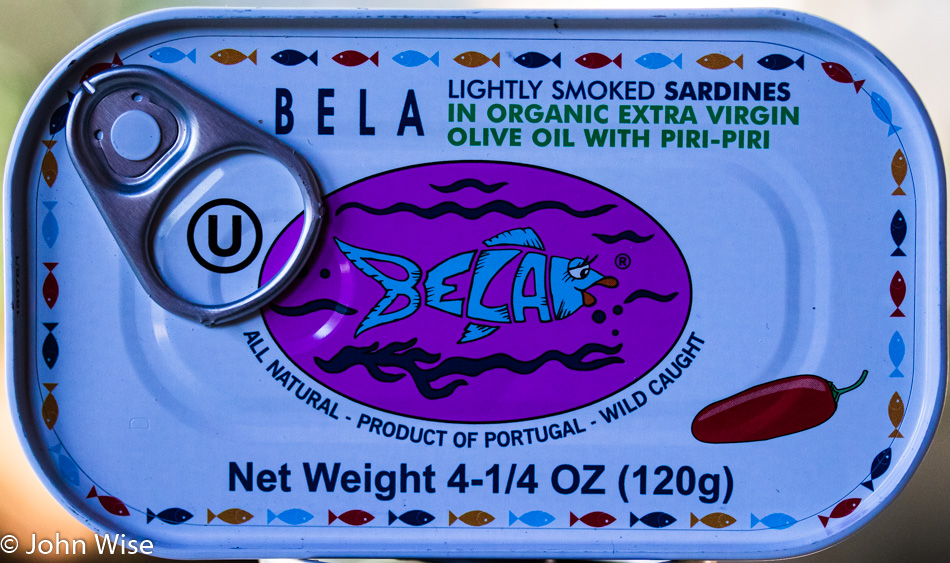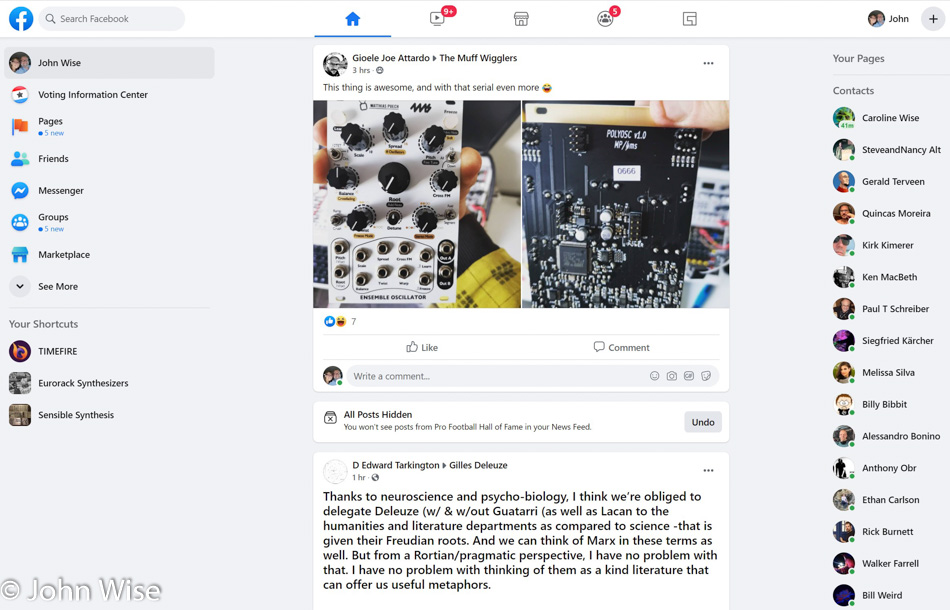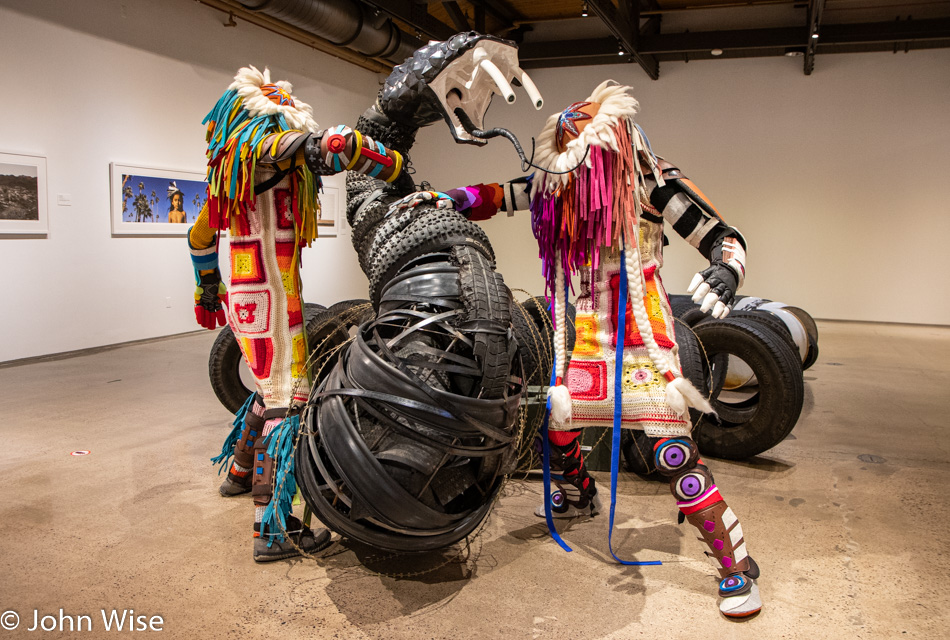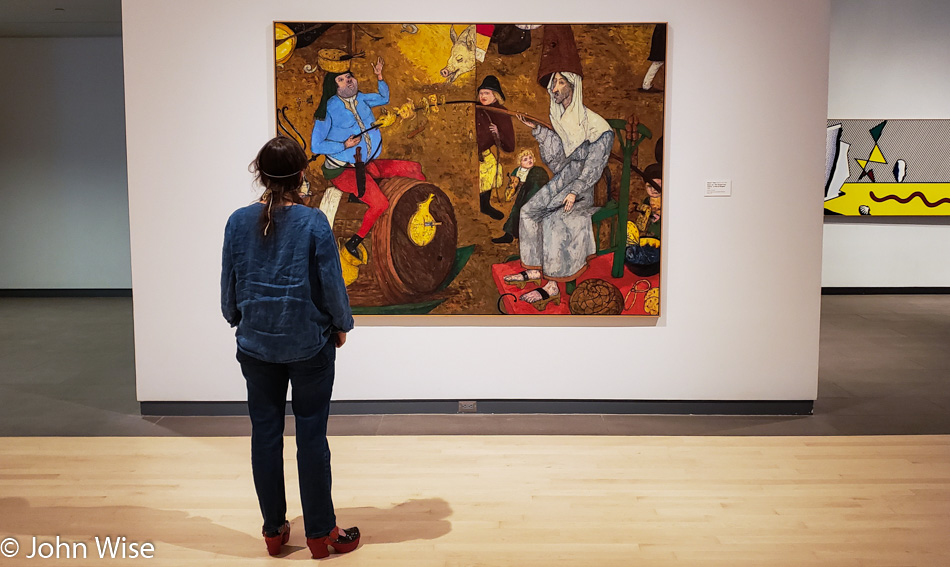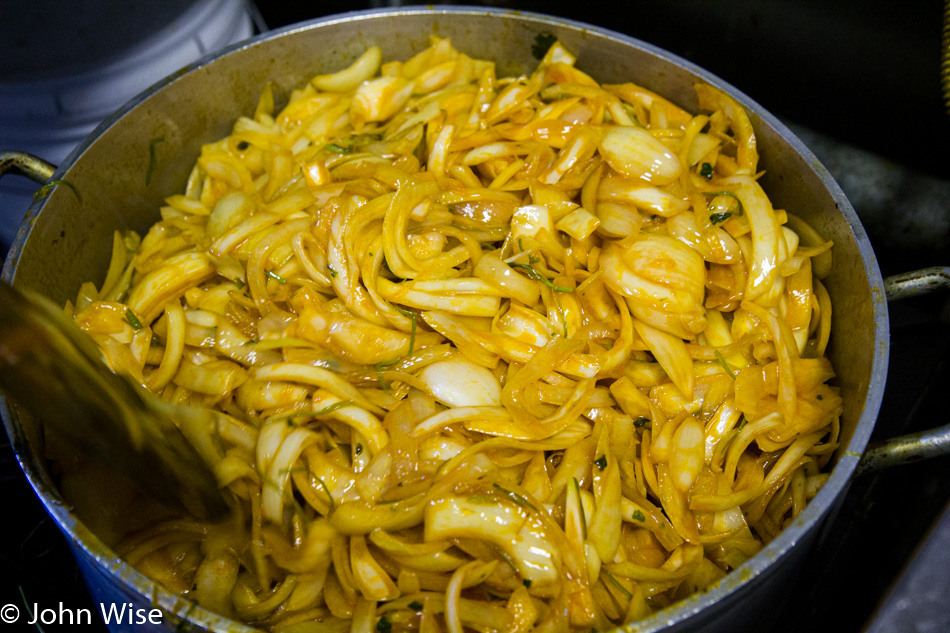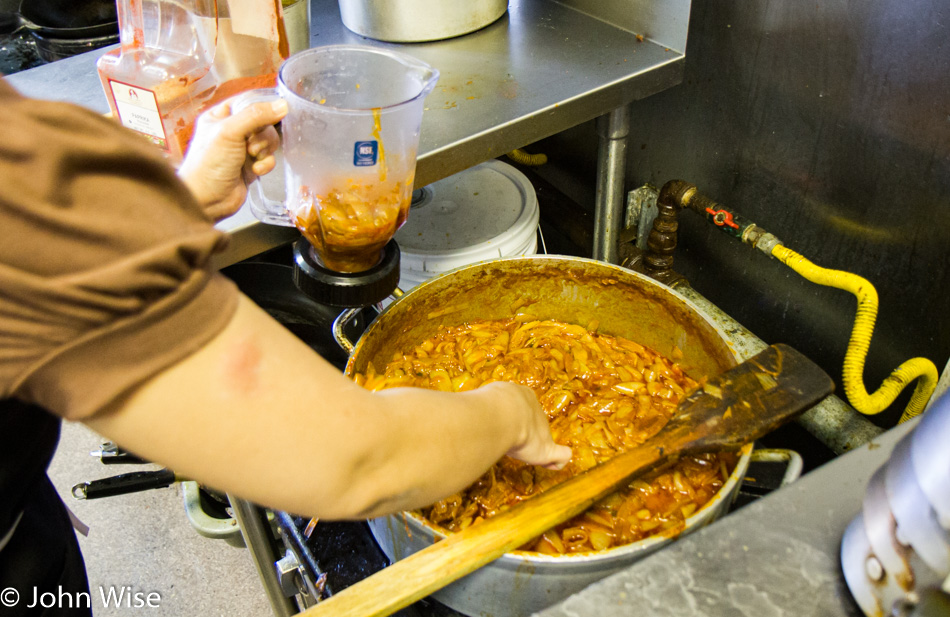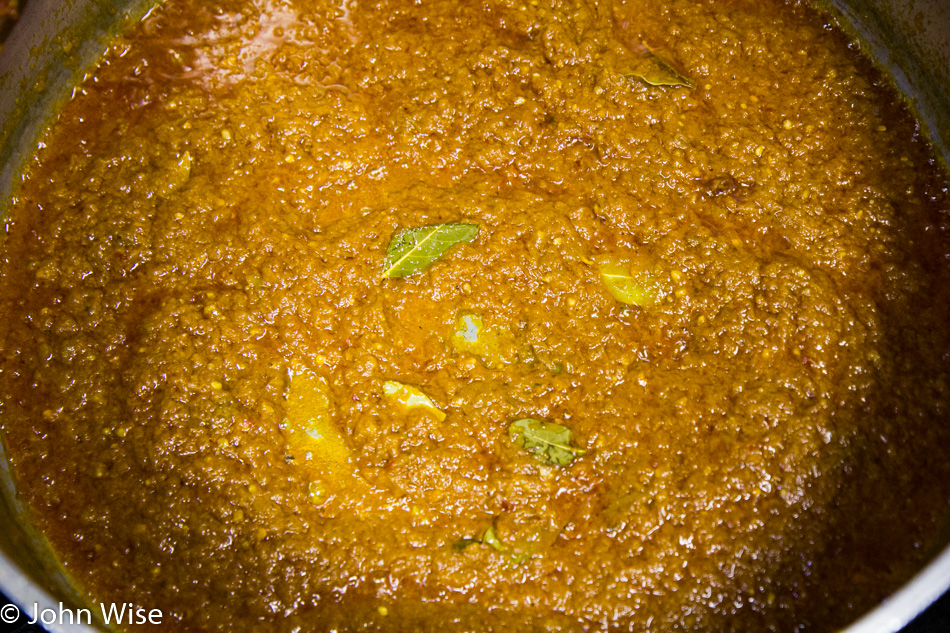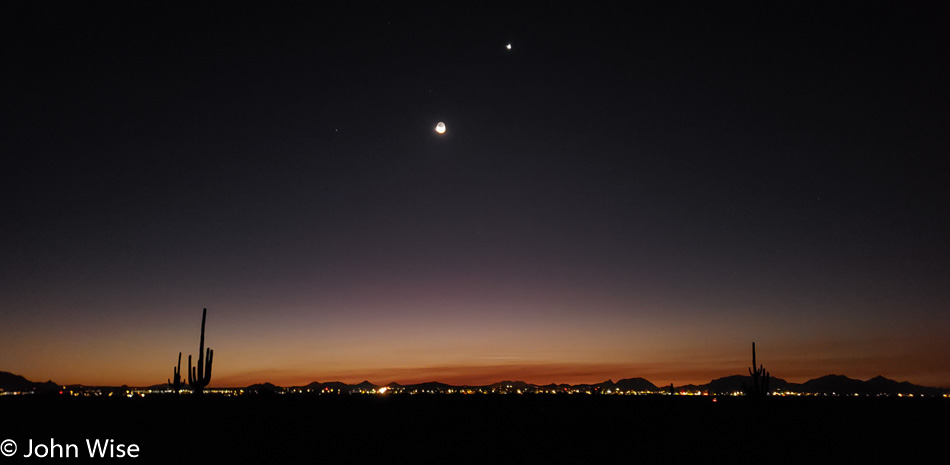
It’s 5:30 in the morning, and the trail is still dark, but it’s beautiful out here, away from sidewalks and cars. It’s dawn in the desert, and with any luck, it’ll soon be dawn for humanity. Like the coming and going of night and day, the cycle of repetition is one we are all accustomed to, but in my messaging, I feel that I’m supposed to be aware of being redundant. Funny how in music, art motifs, television and movie storylines, advertisements, sports, politics, architecture, medicine, driving a car, shopping, and so many other things, we rely on patterns being repeated again and again, but the author is supposed to find originality and limit the frequency of how much they repeat themselves. Well, here I am, beating my well-worn drum that risks raising a chorus of, “Yeah, John, we’ve heard this before,” but it bears repeating that it’s time to emerge from our dark age and face a new dawn.
If anyone should wonder if I really do think so frequently about the state of affairs regarding the bulk of humanity, I do. Every time I witness the poor intellectual and social behavior of someone in public, I equate it to poor hygiene where the person in their belligerence, refuses to clean away feces after taking a dump, nor do they much care about showering. So, we who encounter them must smell their god-awful stench until we find a route to move in avoidance of their putrefying presence. And if you suspect that I’m being overdramatic to prove a point about my disdain, you’d be fooling yourself, as it is our generalized antipathy towards intellectualism that may as well allow shit to fall from our mouths and actions. Ah, you must be one of those idealists or believers in a utopian fantasy, you ask. That would be your folly to think so; is it utopian to desire fresh foods in grocery stores, water made available for drinking and cooking, roads for commerce and recreation, or a commonly spoken language?
There are levels of civility that are achievable without demanding uniformity, conformity, or obeisance to hegemonistic monoliths, but accepting the perpetuation of inferior reasoning bordering on something akin to where our ancestors were some 200,000 years ago is, in this age, a crime against humanity. Don’t go assuming that I cannot accept my fellow hominin who is not well versed in physics, mathematics, philosophy, medicine, or chemistry, as I have an indelible amount of respect for many in labor positions. None of us have all the answers, not the smartest, not the richest, not the angriest, not the most powerful. Group intelligence arises when social cohesion allows us to function for the betterment of abstraction, such as making a better society, working to achieve something like going to space, curing disease, building monuments to our beliefs, or elevating the processes around education so we can search for a better future.
When bogged down under the gloom of uncertainty, we act petty and frightened like weasels hiding in the underbrush. Humanity, even under the threat of global illness, still has more to look forward to than we are exhibiting. We have a functional science and medicine industry on a global scale that is trying to remedy the ailments that threaten us. We could, regardless of the veracity of specifics, tackle repairing our environment if, for no other reason than when nature is at its most beautiful, we are in the highest state of delight. Our ability to communicate and share across cultural and linguistic divides no longer has any impediments; if a Mongolian teenager is a skateboarder and musician who rocks the morin khuur to make a soundtrack to their 3D animation opening credits using free software from the Netherlands and then records video of themselves on a Chinese phone before sharing the production on YouTube, I can watch the clip minutes later in Phoenix, Arizona, while Google translates the spoken words into subtitles.
Instead, I’m bombarded with stories about storms and how many people were displaced or killed, the entire globe hears about a shooter in Las Vegas that murders 60 people, or a pack of men who rape a woman in India is on an endless loop demonstrating the barbarity of it all. How does this milieu of shit inspire anyone? The sensationalized atrocities of the sickest among us are the fodder of a pack of predators who need a population cowed into fear who will lock themselves away, arm themselves, wear their leather-tough persona like a badge of aggression so everyone knows they are serious about not putting up with the sick and depraved. On the other hand, how does society demonstrate how we desire to embrace positive change regardless of the cost? How do we welcome the brainiest without bullying them into neurosis? When do we put down the rabid dog that would infect us all with its venom of vitriol and morbid malevolence? We apparently do not, and instead, we remain in darkness under the cover of ignorance.
